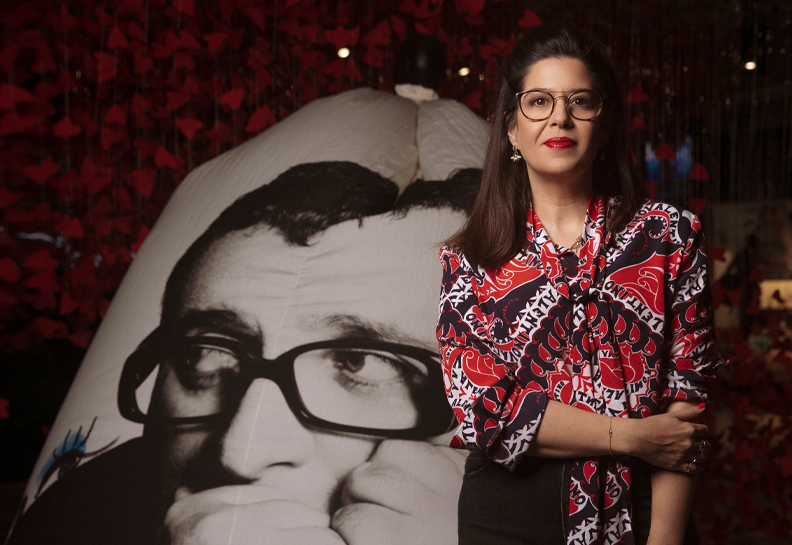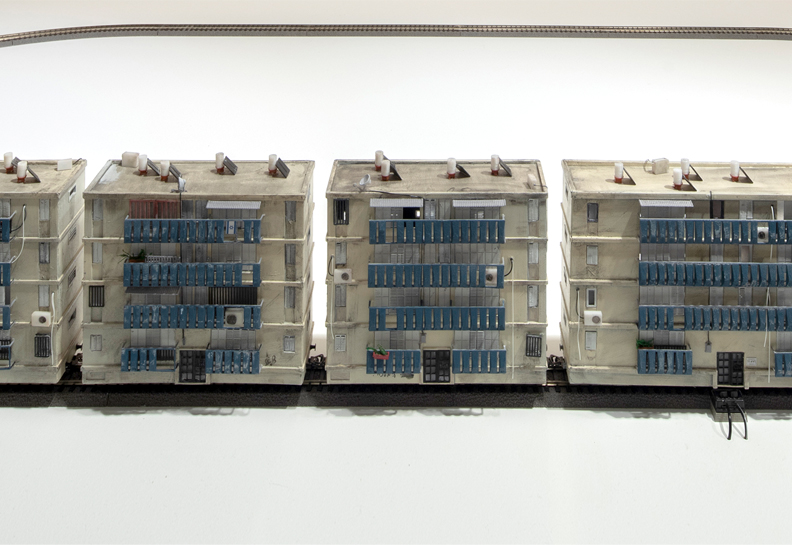On Object-Man Relationships. How do archaeologists “read” objects? How do designers “write” objects? People design objects, but do objects design people as well?
“Consider things, and you will have humans. Consider humans, and you are by that very act interested in things. Bring your attention to bear on hard things, and see them become gentle, soft or human. Turn your attention to humans and see them become electric circuits, automatic gears or softwares. We cannot even define precisely what makes some human and others technical” Bruno Latour (cited in Knappett 2005, p.31)An exhibition whose subject matter is relics, Fossils, and what follows, Post, raises questions about the relationship between archaeology and design. The role of archaeologists is to “read” the “writing” in historical relics, to elicit understanding about the lives of the people who made them. The role of designers is the reverse, they “write” the objects, their role is to design living environments, that which will survive, and which archaeologists will investigate.Reading and writing are intertwined skills, yet the existence of any correlation between them is not self-evident when they are defined in the modern era as separate disciplines. Disciplines engaged in reading reality, one of which is archaeology, exist in the academic-university ivory tower, whereas disciplines engaged in writing reality, in creating it, namely designers of all kinds, are segregated in technological and academic institutions. This division is not coincidental, and is interlaced in numerous contradictions that are revealed between the two in the modern era. This split reality raises questions regarding how archaeologists “read” what was designed, and what we can learn from them that will serve designers, consumers, and visitors to design exhibitions. I decided to search for the answer in archaeologist Carl Knappett’s Thinking Through Material Culture: An Interdisciplinary Perspective, which conducts an interdisciplinary discussion on material culture, and aims to develop the ability of archaeology to act in a methodical fashion toward understanding material culture in both past and present.
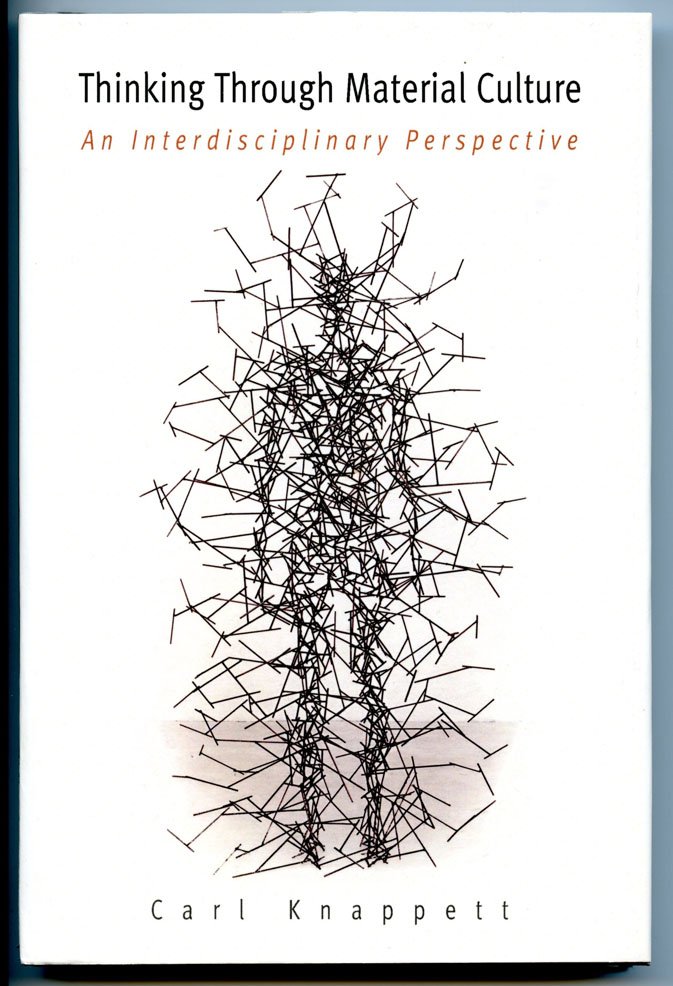
A Hierarchical World Designed in Light of Human ThinkingWhen an archaeologist determines the meaning of historical relics, the first question we must ask ourselves is: Should we accept what he says as a proven scientific statement, as a reasonable premise, or as a personal interpretation of reality – a reality that is nothing more than a story too? The question and these three possibilities are not intended to cast doubt on the archaeologist’s professionalism and expertise, but to investigate the arkhaios-logia, the logic of the study of ancient things, from which the profession acts.Similarly, we can ask, what is the meaning of the object and the act of designing? Is its meaning ingrained in it, and accessible to any “reader” (i.e., the act of designing is the imprinting of universal meaning in the object), or perhaps the meaning of the object is dependent upon the observer, whereby meaning is created in the encounter between them and is contingent on the conditions of that encounter (i.e., the act of designing is the creation of a possibility for a particular interaction). The third possibility is that any meaning we accord to an object is arbitrary, and anything can be accorded whatever meaning we like (design creates images).There has to be a correlation, of course, between the answers we choose and the meaning of what the archaeologist says about objects, and the meaning of the object and the act of designing. I am inclined to believe that ordinary people, based on their own life experience, will choose the middle road, neither absolute truth nor arbitrary statement, whereas academics will continue to dispute whether the absolute meaning is all true or all false (modernism vs. postmodernism).The academic world, which shuts itself off from life phenomena in its ivory tower, is preoccupied with contradictions – soul vs. body, conscious vs. unconscious, knowledge vs. creation, subject vs. object, function vs. symbol, animate vs. inanimate, physical vs. psychic, individual vs. social… a world of independent permanents existing in a world of absolutes, but which do not exist in the world as we experience it, where everything is relative in one way or another. This seclusion of the academic world is not accidental, but originates from a belief in the primacy of modern ideological thinking in the hierarchy of knowledge. Rational thinking, which is located at the apex of the pyramid, high culture, determines what can be written and what can be read in things that have been and in things that will be.Within this worldview archaeology emerged for the purpose of investigating the essence of culture, and beyond that, its evolution from revolution to revolution: agricultural, urban, industrial… Archaeology sought and exemplified the big picture of the evolution process of human reason, the modern project.In the modern worldview, product design emanates from rational-technological developments, it is realized by means of mass production processes and methodologies, it aims to provide practical functions, and its values are universally aesthetic. The product of design is a designed object, its meaning is ingrained within it, and as such it can be read universally.Modern designers and archaeologists view themselves as engaging in objects for the purpose of creating and defining culture, and to that end they develop intricate methodologies for understanding objects. Consequently, what we see is a hierarchical world whose rational apex governs it and implements itself, designs objects and designs ways for examining them.The hierarchical perception of culture that creates behaviors and actions that are manifested in surrounding objects is one whereby people are active and objects are passive. People design their environment. Or do they? Is the equation really one-directional: people design objects?
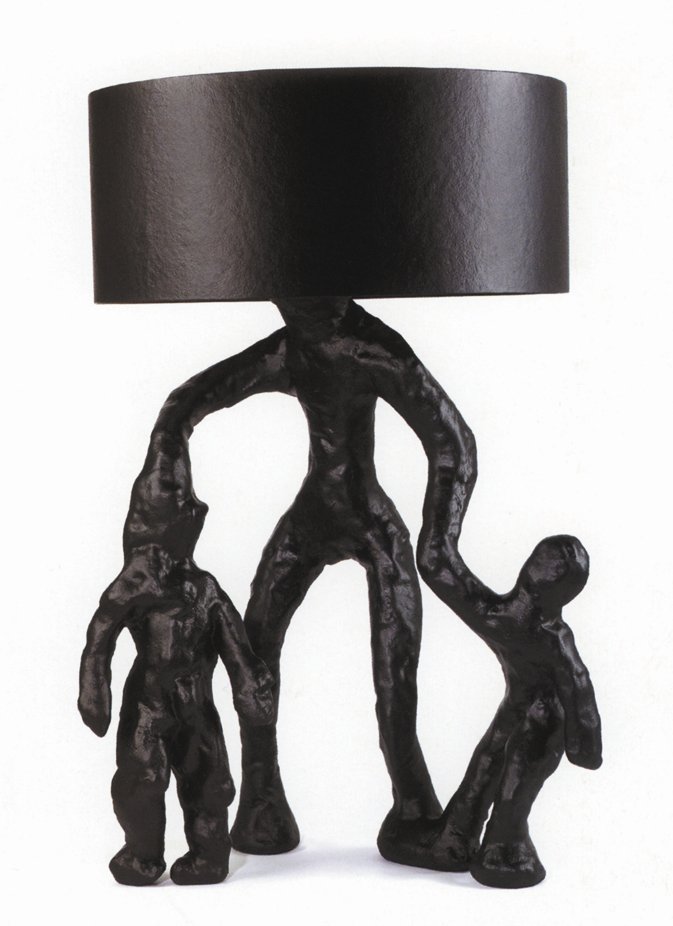
Toward a Changed Understanding of ObjectsMatters become complicated for “readers” and “writers” alike when quality, subjective, social, and cultural values come into the picture (see at the exhibition: Atelier Van Lieshout, Family Lamp, 2007); when man interacts with objects (Marijn van der Poll, Do Hit Chair, 1999); when understanding an object is not the result of thinking about it logically, but of experiencing it (Henry Lawrence, End Stool, 2009; Wieki Somers, High Tea Pot, 2003); when the object not only has a functional purpose, but also social dimensions and historical cultural values (Reddish Studio, Golem, Light, 2008). In these instances, examining objects as functional and aesthetic products clearly leaves the quality, experiential dimensions outside the scope of the examination, and this kind of examination will miss their essence. To achieve this, different methodical tools to those used to examine objects in and of themselves are required, namely tools that enable investigation of the relationship between man and the objects.
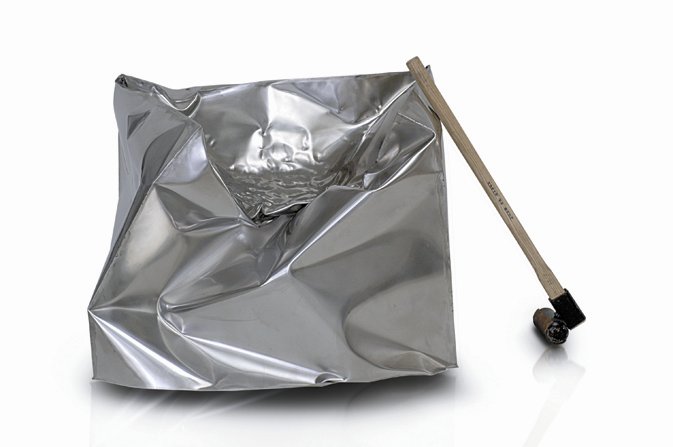
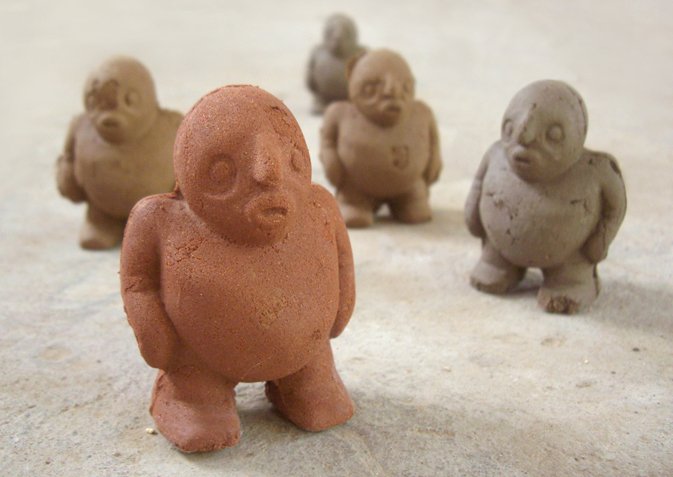
“Man” and “Object” Are Adjectives, Not NounsI began this article by citing philosopher Bruno Latour, who is convinced that people and objects are one and the same, that they cannot be viewed as discrete entities, separated from one another, but only as systems of dynamic integrations that influence and change one another. Scientists and philosophers from a variety of fields join him in this opinion as well.This raises the question: Do objects not design people? The answer through the prism of “street wisdom” is unequivocal, of course objects design people, and people actually like to be designed by objects such as clothing, jewelry, homes, cars… In an urban society of individuals, that is how we proclaim ourselves to others.This answer reveals the complexity of reality, for example: If you remove all the trappings of kingship from a king – his crown, palace, and all the rest – and you put him in the marketplace, he will continue to be a king in his way of thinking and behaving, but being a king is only possible when his way of thinking, behaving, and his appearance are combined. Only then is there a king (and not someone masquerading as a king). Man and object combine to create kingship when they exist in a cultural context that is familiar with this concept. King, crown, palace, man, and society are more adjectives than nouns, and their existence as what they are is possible from within their mutual relationships. These are dynamic relationships whose meanings change from time to time, from place to place, and from man to man; they are founded on social and cultural consensus, and consequently never stand independently of each other.This answer is not an easy one for the academic world. Knappett therefore views the academic future as interdisciplinary. He calls for the integration of knowledge from the different sciences: cognitive, physiological, psychological, biological, sociological, anthropological, and cultural. Most of his book is devoted to presenting the rationale of interdisciplinarity. The key figures he brings into play include philosopher Bruno Latour, father of semiotics Charles Peirce, ecological psychologist James Gibson, physicist Fritjof Capra (author of The Tao of Physics and The Science of Leonardo), ecological anthropologist Tim Ingold, and cognitive scientist Donald Norman. With their help he builds a picture of a world characterized by multidimensional, webbed connectivity, and from this worldview he proposes a methodology for investigating man-object relationships.
Man-Object EncountersA central concept in man-object relationships is “affordance” – feasibility, possibility, actuality. The concept describes possible relationships between man and object, or more precisely – the active relationships afforded by them; relationships expressed in the physical, social, and cultural attributes that they accord to one another. In other words, the attributes of man and object emerge, become possible, and are sustained by the encounter between them. A supplemental concept is “constraints”, i.e., the physical, semantic, cultural, and logical factors that restrict relationships between an object and man.For example, let us take what we call “coffee cup”. Clearly, on the one hand each and every one of us accords this object the adjective “coffee cup” based on our social and cultural tradition, yet on the other it is clear that it is the object’s attributes in a particular context that enable existence of the cultural situation of drinking coffee.The object’s semantics tells us its meaning as a “coffee cup”. On the iconic (similarity) level, the fact that it is similar to other coffee cups indicates its belonging to them. This similarity stems, of course, from our ability to perceive it. On the indexical level (proximity, causality) the object belongs to the ritual of drinking coffee and refers to the world of coffee accessories, and on the symbolic level (conventions) it alludes to the cultural world in which we live, to which the particular “coffee cup” is suited, and which is compatible with the behavioral rituals, the local discourse, and the style of the time and place. The “coffee cup” comes into being from the encounter and from the concepts of man and object in a particular context. All these attributes become possible in an ordered encounter. However, when faced with physical and psychological constraints, unfamiliarity with drinking customs and their meaning, or constraints inherent in the object, such as material, proportions, unsuitable images, the actuality of the encounter is impaired, reduced, distorted, or can even obviate the concept of “coffee cup”.Rather than addressing the objects themselves, we are more interested in the relationships and metaphors between us and them. A “coffee cup” is a metaphor for a personal-social event that is an expression of cultural states of mind and material.
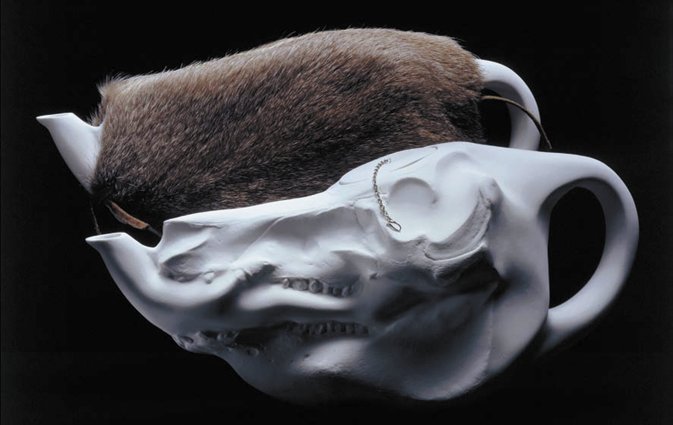
InsightsWe have left behind analysis of objects as functional and aesthetic entities, and have moved on to talk about relationships between man and object, about changing, impermanent, non-absolute relationships. On the face of it this is a change in perspective, but in fact it is a change in worldview that is difficult to comprehend. It is a change that requires practice over time in order to assimilate and become proficient in it. No longer analysis of an object, product, building, or poster in and of itself, but rather as a discernible element from within complex relationships that are not reduced, but become increasingly more complex and ever-changing.Any investigation is dependent upon who is doing the investigating, the context in which the investigation takes place, and the relationships of the object being investigated. Nothing can be investigated detached from its context; neither man, object, environment, society, nor culture; it is only the symbiotic relationships that accord meaning and existence to them.Ways of living do not emanate from some kind of higher esoteric intelligence, at least not from a universal one (there are as many as the number of religions and ideologies). This is no longer an absolute, supreme logic, but existence from the emergence of local and transitory descriptions and interpretations. Some descriptions and interpretations will remain with us over time and will appear in many places, while others will appear only to disappear and be replaced by other descriptions and interpretations.When we go back and look at the exhibits at the exhibition, we will understand that their meanings are not absolute, that they are open possibilities in the relationship we are able to form with them and which they wish to have with us. The truth, goodness, and beauty we discover in this relationship are our ways of living.
NoteWith regard to Knappett’s call for interdisciplinarity, I would note that although he calls for a combination of disciplines, he does not manage to cross the boundaries of the academic-university tower toward the technological and academic institutes. He assembles all the disciplines engaged in reading reality, and ignores the writers of reality, the design practices. These practices can contribute to the discussion from their experience of how things are created, how they live, and how they die.
Dr. Victor FrostigHIT-Holon Institute of Technology
